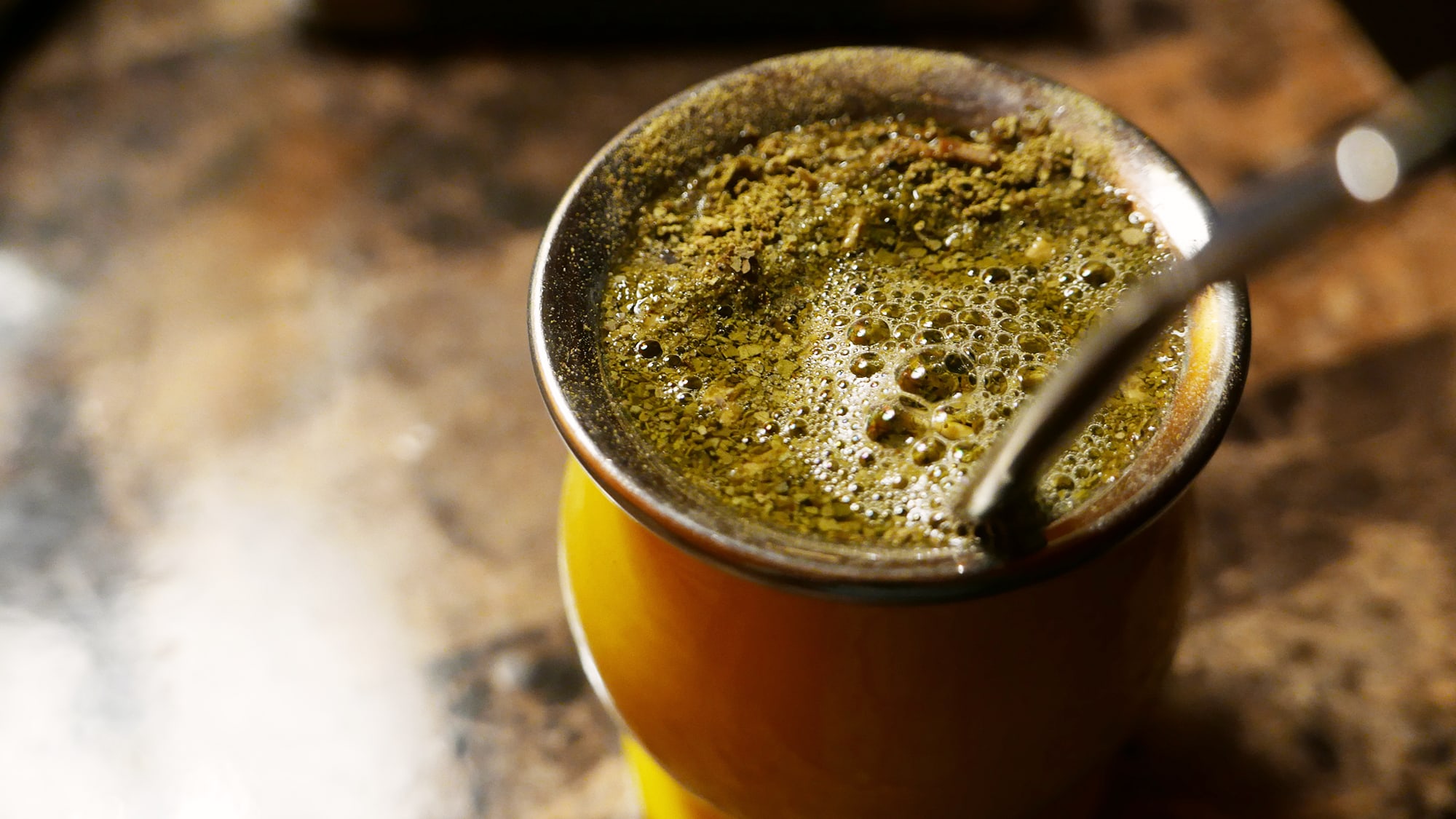
How did I do it? I believe the answer is regularly drinking yerba mate every morning to help control my sugar levels and decrease my glycemic index.

Some suggest adding cinnamon to everything and others suggest drinking decaf coffee before consuming food with a high sugar content.Īfter living in Argentina for 4 months, the land of breads and sugars, I was able to keep my HbA1c at 6.5%, and my doctors were amazed. The best way to keep your HbA1c down is to try to control these spikes after eating, which can be done in several different ways. Charts have been made to try to map the average glycemic index of many foods, but every body will react to different foods in its own way. Someone with either type one or type two diabetes will see a higher spike and usually a longer time before their levels are back to normal. A person without diabetes would have a slight spike or large spike depending on the type of carbohydrate they have consumed and the way there body is able to digest it. This spike is called a glycemic index, the period of time where the glucose that has just been consumed enters the blood before insulin comes to help transport it out.

Of course, the largest spikes come from eating carbohydrates.Īs carbohydrates are consumed, blood sugar levels rise and eventually normalize. Throughout the day many different events will affect blood sugar levels, including heat, stress, exercise and diet. Unlike fasting glucose tests, HbA1c tests are able to show how a person’s blood glucose is controlled during the day. Diabetics are aim to keep their A1c under 7%. Being a type one diabetic this number is usually my bragging right, as a person without diabetes typically has hemoglobin A1c of 4 to 5.6%. Hemoglobin A1c, Glucose Levels, and Yerba Mate TeaĪ major diagnosing tool for diabetes is to look at a person’s Hemoglobin A1c, also known as HbA1c, which shows an average of blood glucose levels for the past 2 to 3 months. What’s my favorite natural supplement to help with diabetes? Yes, you guessed right, yerba mate. So it’s true, there may not be a cure, but various natural supplements and teas have been proven to help control diabetes, both type one and type two.

I find myself walking around supermarkets taking photos of products that can “reverse my diabetes”, because if there is one fact any diabetic has to come to terms with, is that diabetes does not have a cure…yet. With the increasing prevalence of diabetes in our society, many products are being marketed as somehow stopping, reversing or helping diabetes.


 0 kommentar(er)
0 kommentar(er)
